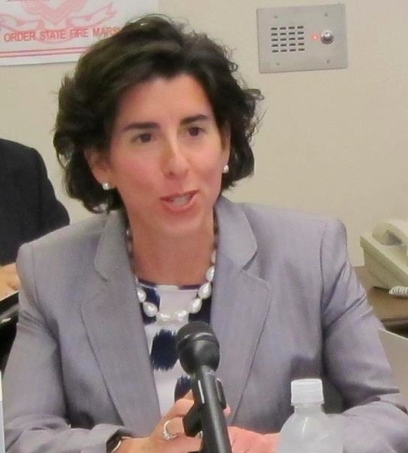Former U.S. Treasury secretary Timothy Geithner made an appearance at Thursday’s meeting of New Jersey’s State Investment Council, the entity that oversees the state’s pension investments.
Geithner was at the meeting because he is president of a private equity firm, Warburg Pincus, that handles a portion of the state’s pension money.
During his appearance, he talked about his optimism on the state of the U.S. economy. Reported by NJ.com:
Timothy Geithner, the former U.S. Treasury secretary and an architect of the Wall Street bailout, today told New Jersey’s pension investment council that despite the challenges of a “complicated, messy world,” he’s optimistic about the nation’s economy.
“The economy today looks much more resilient than it’s been in some time,” Geithner said, noting the expansion after the Great Recession has been moderate, steady and matched with restructuring of important financial underpinnings.
[…]
Taking questions from the council, he counseled them on global dynamics, including Russia, China and the emerging markets.
The U.S. is well-positioned to benefit from growth in those markets, that while “volatile and uncertain,” will grow faster in the long-term, he said.
“I think there is a reasonable basis for believing that we’re still at the early state of what’s likely to be a long period where average growth in these emerging economies is still two or three times the growth of major economies,” he said.
The meeting was also notable because it saw the release of an audit into a potential pay-to-play rule violation by Charlie Baker. The audit cleared Baker of any wrongdoing.







